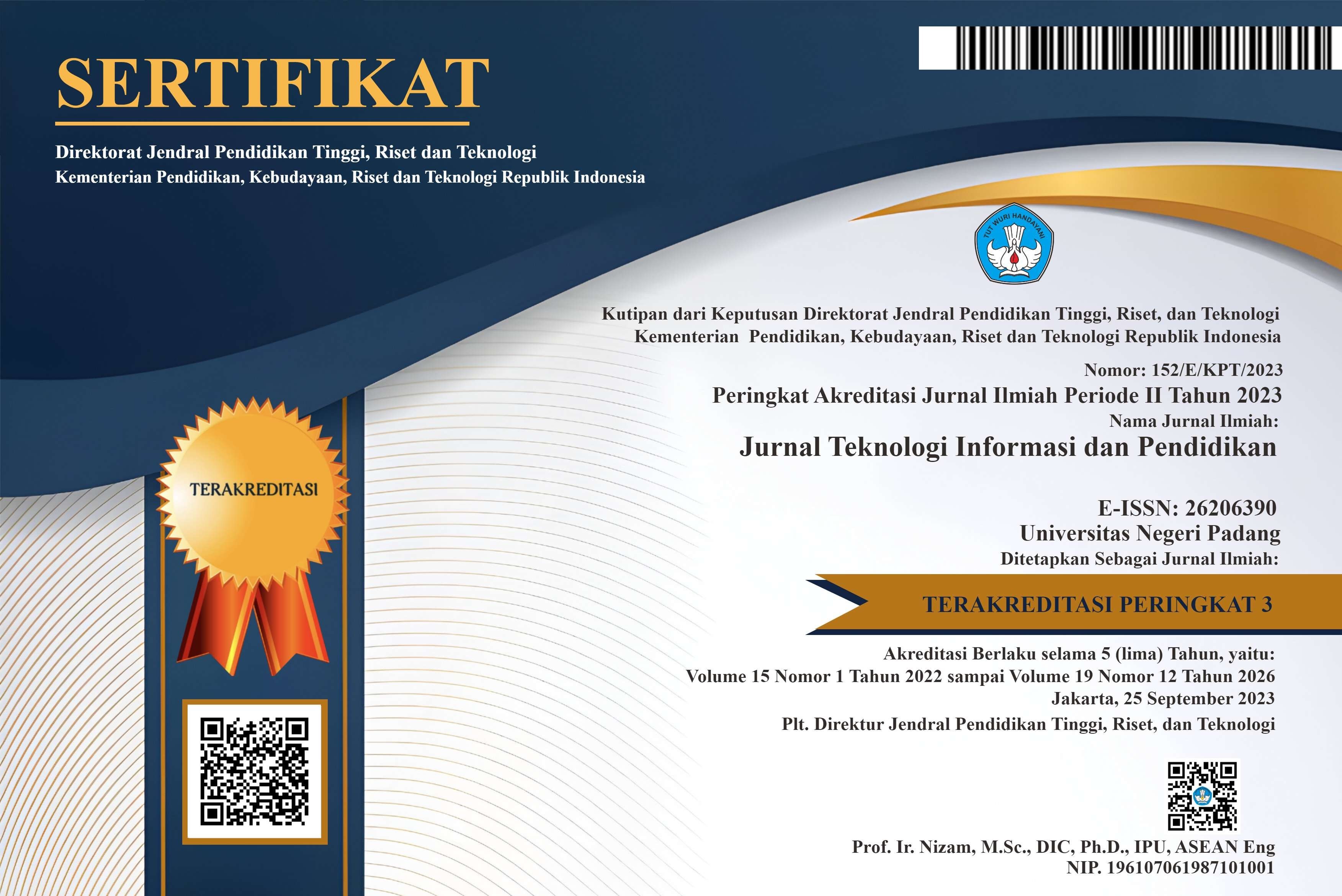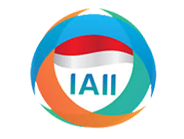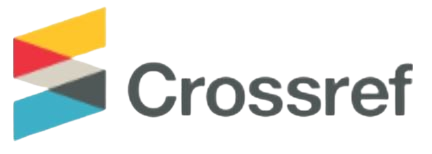Turnitin Use and Analysis: Software to Reduce Plagiarism at Medan State University
DOI:
https://doi.org/10.24036/jtip.v17i2.650Keywords:
Application ▪ Turnitin ▪ PlagiarismAbstract
Plagiarism is taking the idea of someone else's essay or writing then as if making the work as his own work. Seeing the many cases of plagiarism committed against scientific papers, it is necessary to analyze the use of turnitin software in examining quotations taken from other people's written works. The purpose of this study was to analyze the use of Turnitin software in reducing plagiarism at Medan State University. This type of research is qualitative research with descriptive methods. Data collection conducted in this study was through interviews and documentation studies. The results of software usage data showed a significant decrease in the similarity index of student writing. In the similiarities index percentage of 1% - 24%, data entered in the Turnitin software shows the number of scientific papers is increasing compared to the similarties index of 50% - 74%. The same thing happens with the similiraties index of 25% - 49%, the number of scientific papers entered in the software is greater than 50% - 74%. The use of Turnitin software is also effective in reducing plagiarism of scientific papers because the achievement indicators consist of clarity on the goals achieved and strategies in achieving the goals in their implementation are clearly visible; facilities and infrastructure already have standards in services carried out for plagiarism tests; The implementation of plagiarism test services that have been carried out has effectiveness and efficiency in its implementation; surveillance system and Controls that have been implemented well, as well as human resources, namely librarian staff and plagiarism detection teams, understand the use of the Turnitin device application in serving plagiarism tests.















.png)














